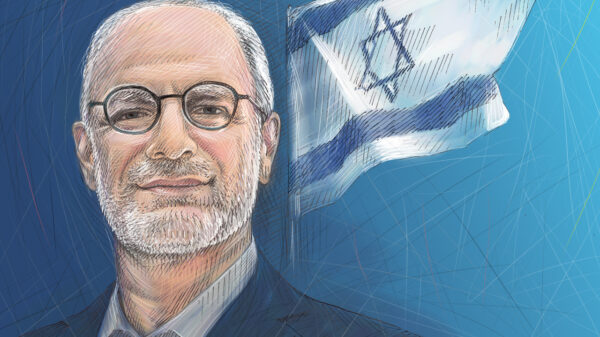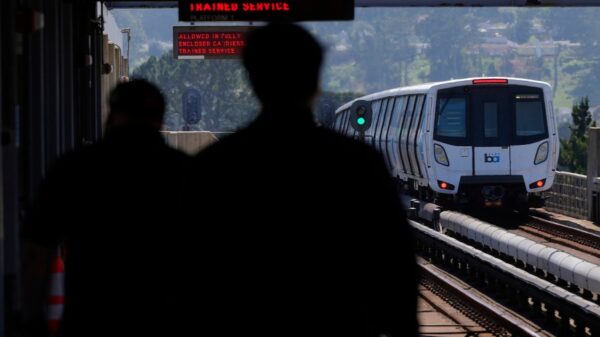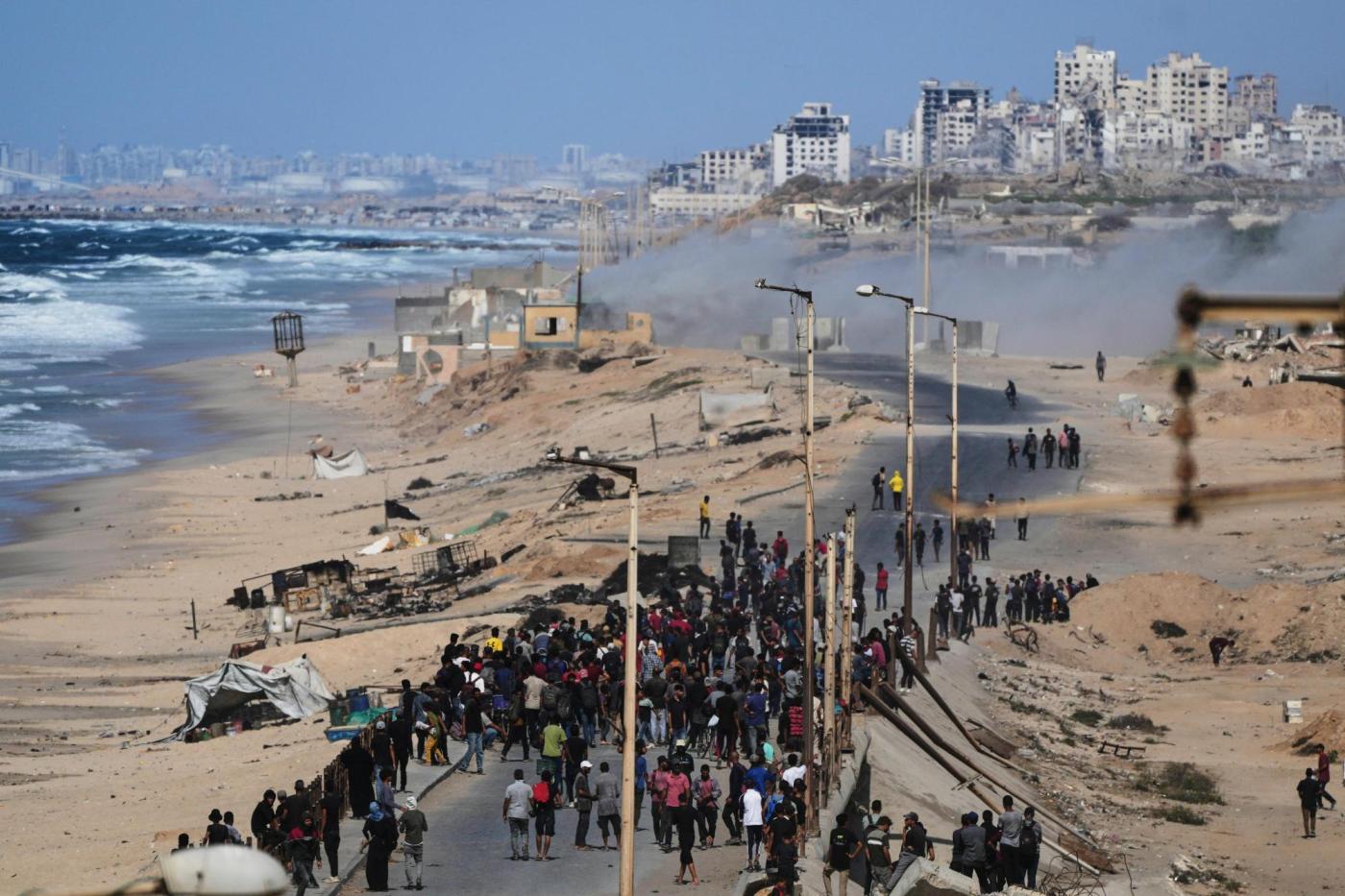A significant agreement has been reached to pause the ongoing conflict in the Gaza Strip, a development that many hope will lead to a more lasting peace. This breakthrough follows intense pressure from the United States, several Arab countries, and Turkey on both Israel and Hamas, as they called for an end to a war that has lasted for over two years and resulted in the deaths of tens of thousands of Palestinians.
The initial phase of the agreement focuses on the release of Israeli hostages held by Hamas, with expectations that their freedom will be secured within days, while Israel will reciprocate by releasing hundreds of Palestinian prisoners. Despite this progress, many questions remain regarding the future steps necessary to ensure a stable resolution.
Immediate Steps Toward Peace
Once approved by Israeli Prime Minister Benjamin Netanyahu and the Israeli parliament, a partial withdrawal of Israeli forces from Gaza is expected to commence. According to officials from both Hamas and various Arab nations involved in the negotiations, this withdrawal will primarily affect populated areas, although specific details about the extent of the pullback are still forthcoming.
In addition to the hostages’ release, Hamas has committed to returning the remains of approximately 28 hostages who are believed to have died during the conflict. This process may take longer due to logistical challenges. Concurrently, humanitarian aid is set to flow into Gaza, with hundreds of aid trucks anticipated to enter the region.
Key Issues to Address
As the situation unfolds, the next steps involve critical negotiations about the disarmament of Hamas and the establishment of a new governing body for Gaza. Hamas has historically resisted disarmament, asserting its right to armed resistance until the end of Israeli occupation. For Israel, disarmament remains a priority, with Netanyahu stating that military operations will not cease until Hamas’ military capabilities are dismantled.
Recent discussions suggest that Hamas may agree to a form of “decommissioning” its weapons, potentially handing them over to a joint committee involving Palestinian and Egyptian representatives. Such an arrangement is still under negotiation and remains uncertain.
On the governance front, Israel has expressed the desire for a Gaza free from Hamas influence, yet it has also rejected any role for the Palestinian Authority. Instead, it seeks to establish a new governing body composed of Palestinian technocrats, overseen by an international entity that could include figures such as former British Prime Minister Tony Blair.
The stakes are high for both sides. While Israelis celebrate the prospect of freeing hostages and potentially halting violence, many Palestinians express skepticism about the sustainability of the peace. Concerns linger regarding whether reconstruction will proceed effectively and if the region’s humanitarian crisis will be adequately addressed.
As negotiations progress, the role of the United States and its allies will be crucial in maintaining pressure on Israel to avoid resuming hostilities. A failure to solidify the peace deal could lead to a precarious situation, with both Hamas and Israeli forces potentially remaining active, leaving Gaza in a state of limbo.
In conclusion, while the agreement to pause the fighting is a step toward peace, the path ahead is fraught with challenges. Both Israelis and Palestinians face the daunting task of navigating a complex web of expectations, demands, and historical grievances as they seek a resolution to this long-standing conflict.








































































